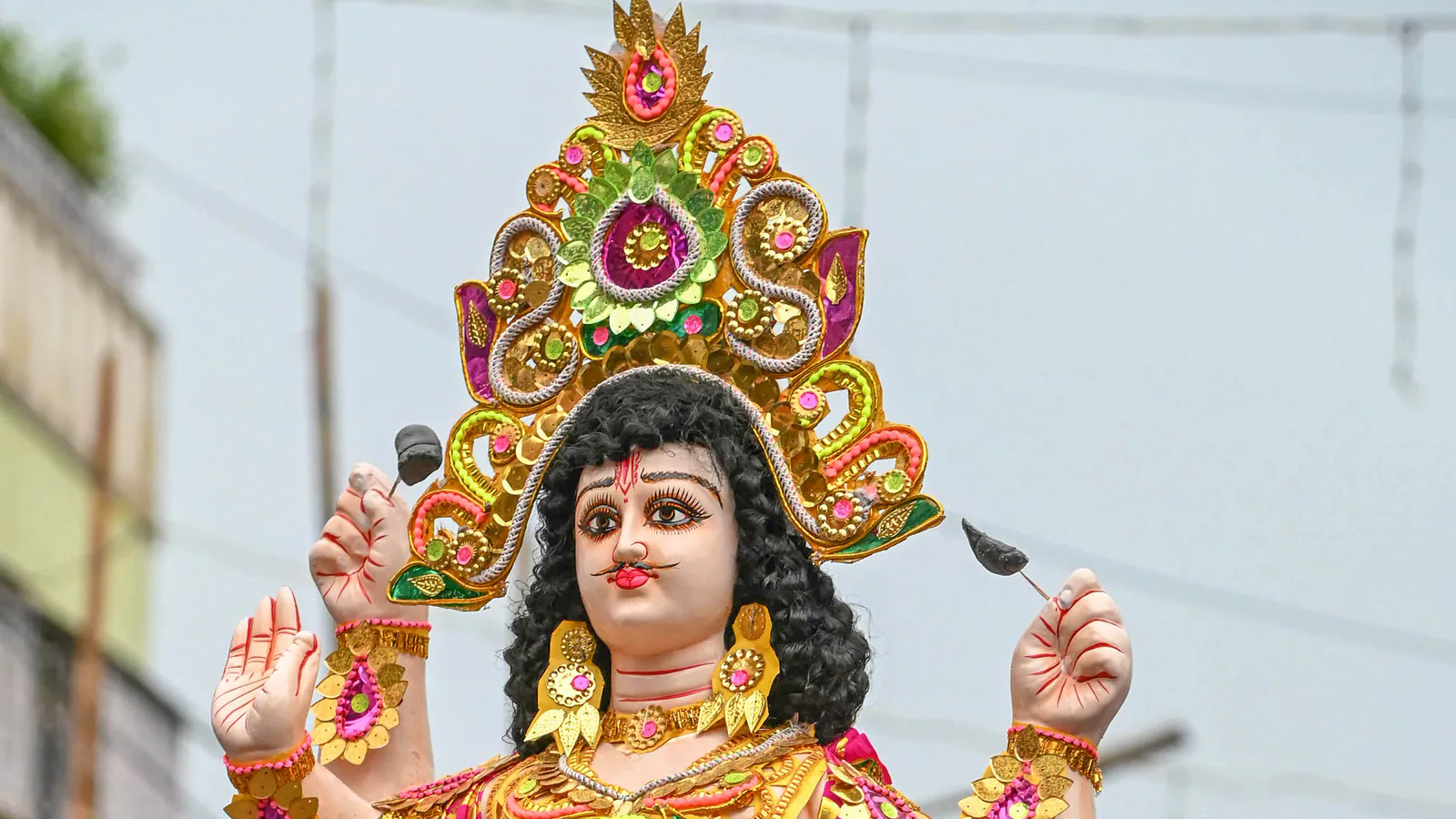Starting on September 17 (Ashwin 1), devotees who performed rituals and worshipped Lord Vishwakarma began immersing idols in the holy river sources around the Kathmandu Valley.
On the occasion of Vishwakarma Day, observed during Kanya Sankranti on September 17, blacksmiths and craftsmen celebrated the day by offering prayers to Lord Vishwakarma. From the following evening, devotees began immersing the sand-made idols of Vishwakarma in the sacred waters at the sources of various rivers.
On Vishwakarma Day, workers in different factories and workshops placed idols or pictures of Lord Vishwakarma and performed rituals. While sand-made idols are immersed in the rivers, the pictures of Vishwakarma continue to be worshipped regularly. The immersion takes place at the river sources of Bagmati in Sundarijal, Rudramati and Bishnumati rivers in Budhanilkantha, and Manohara River in Sankhu. These idols are taken to pure water bodies for immersion as part of the traditional practice.
According to religious texts, it is believed that in the Dwapar Yuga, Lord Vishwakarma built ‘Bhed Dwarka’ in the middle of the sea to protect Lord Krishna from demons. This architectural feat was achieved in a single night, earning Vishwakarma recognition as a master architect. Dr. Ramchandra Gautam, a religious scholar, states that since then, Vishwakarma has been worshipped as a successful architect.
In ancient India, Vishwakarma’s creation, ‘Bhed Dwarka,’ was considered the protector of the western direction and is believed to still exist off the coast of Gujarat, India. Vishwakarma is also regarded as a specialist in Vastu Shastra (traditional Indian architecture). It is believed that he authored the text Vishwakarma Prakash, which outlines principles of Vastu Shastra, according to Vastu expert Shiv Pokhrel.
In Nepal, craftsmen celebrate Vishwakarma Day on Ashwin 1 with grand rituals to honor his wisdom, believing that by doing so, they will inherit Vishwakarma’s qualities. After 24 hours of worship, the immersion of the idols begins, following a three-day ritual to complete the process.
This annual celebration underscores the cultural and spiritual significance of Vishwakarma’s legacy among devotees and craftsmen in Nepal.






